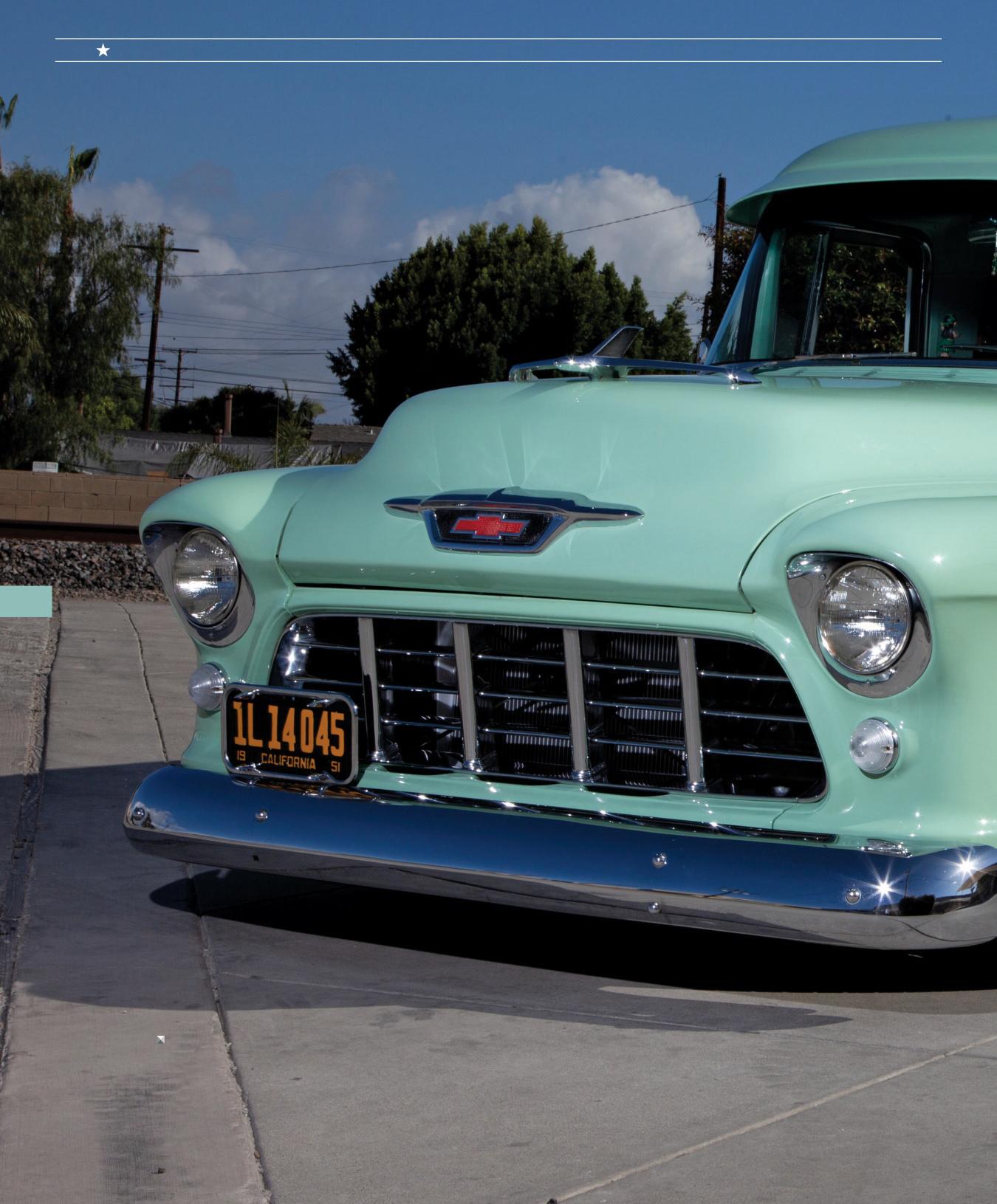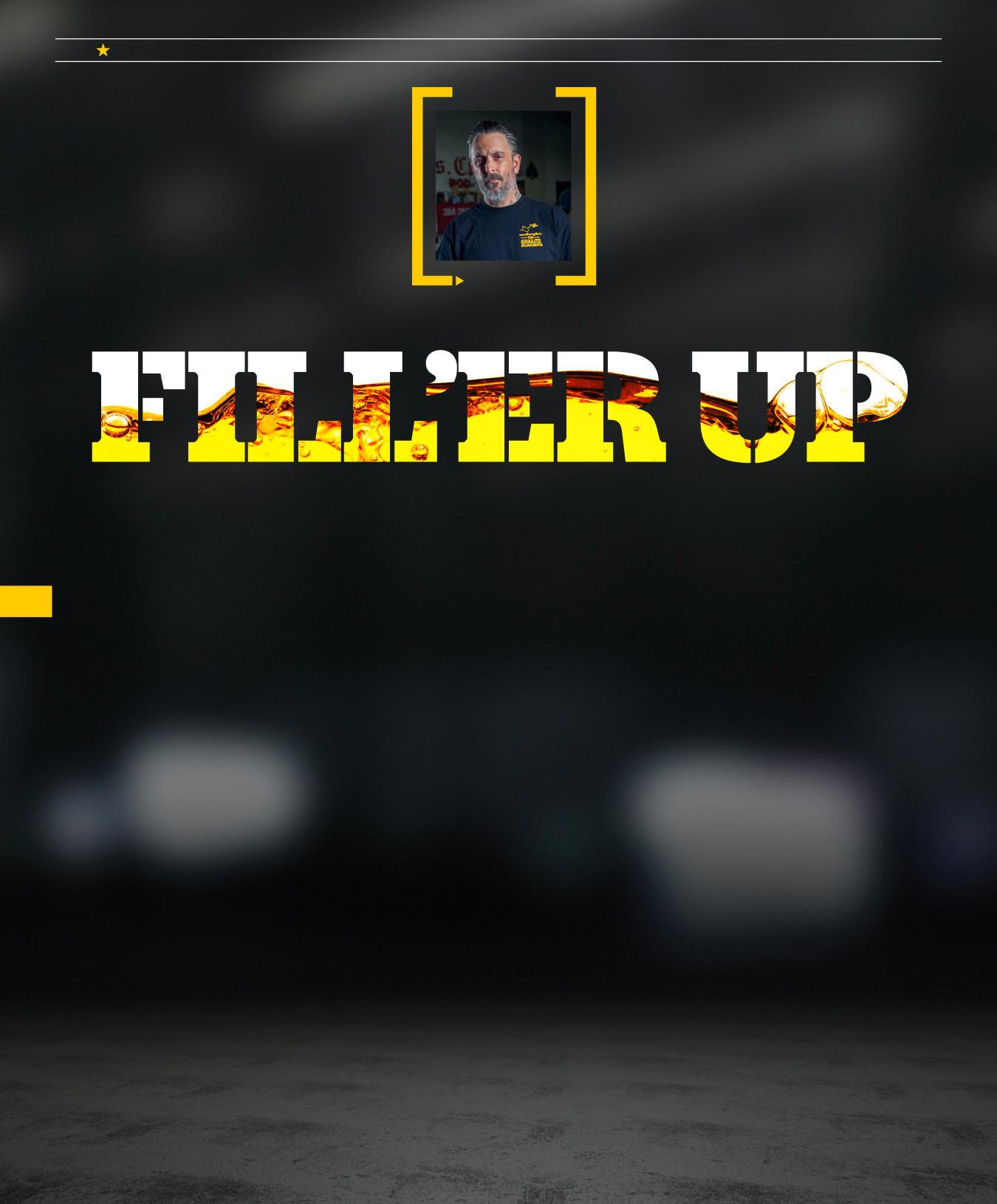Matching a window to the back side of a window frame. Note the white glue “dots” on the back — no more glue is needed.
Another example of glue dots. These dots will expand and soak into both the cardboard reinforcing piece (shown) and the house walls.
Lines of glue along joint edges are another way to fix parts together. This works especially well for pieces that dry-fit together well and only need to be permanantly fixed.
The usual clamps used on wood or styrene structure kits won’t work on flexible paper and cardstock. Fingers are your best clamping tools.
Check your joints as you apply each new part to make sure your corners and joints remain square and true. You have a limited time to straighten any problem joints before the glue hardens.
you’re still on a flat surface, feel free to let it rest there. Turn the piece you are working on to see if the walls and corners are true, or at least close. It’s possible, within a couple of minutes of gluing, to
70
Trains.com
correct some warping and bad piece positioning by sheer force using your fingers to reposition the pieces and clamp them until the glue dries and hardens a bit. For me, this was no more than 10 minutes.
With prior Metcalfe kits, it helped that I was building them as a stress reliever after work or in the evening. I had only so many minutes to spare at a time, and so as I finished one stage of construction, I’d often leave it sit overnight or for a couple of days. This ensured that my glue work was completely dry and that I’d have no issues with soft joints shifting as I added to the kit. But this is not necessary.
Papering over mistakes While working on the farmhouse for State Line, I made a few mistakes. In one
case, I left out a door after assembling the area around its spot. In another case, I applied a roof tile strip that I cut badly. The solution in both cases meant taking my hobby knife and, as gently as possible, prying the affected parts loose to make amends. There’s good news and bad news: Good news: Paper is pliable, flexible, and cuttable while still strong. Bad news: Paper rips and it can rip in layers. And that ripping is what happened to my printed roof when I tried to lift the roofing tiles. Little printed wisps of paper came off with the offending
It’s possible...
to correct some warping and bad piece positioning by sheer force using \RXU Ʈ QJHUV WR UH position the pieces and clamp them until the glue dries and hardens a bit. —Steve Sweeney ill-cut piece. This is where a good, sharp, hobby blade helped me cut off and remove what part of the roof I could and finish cutting out the bad tiles as cleanly as possible. I used a spot of glue to paste back the roof printing, then







